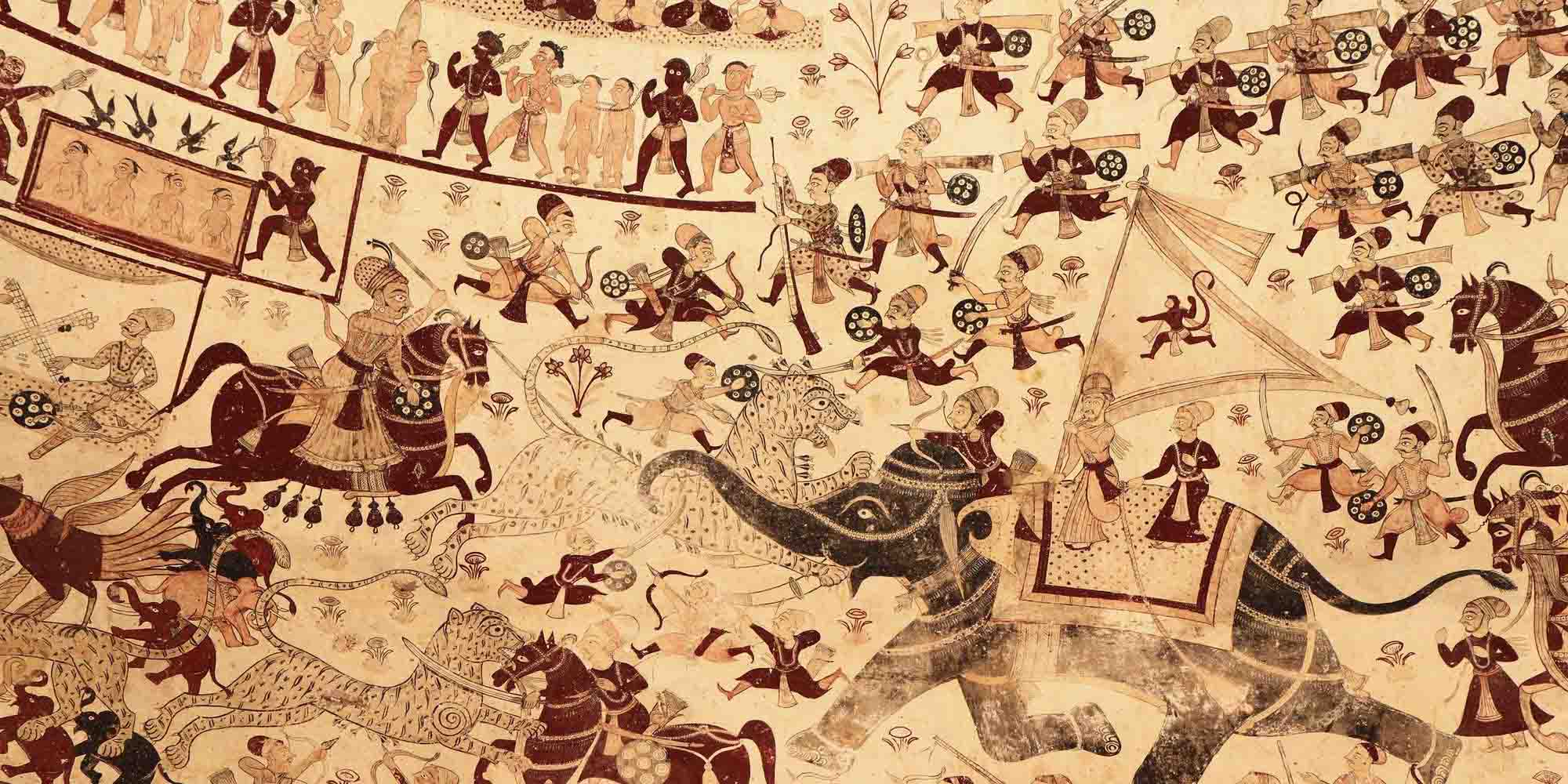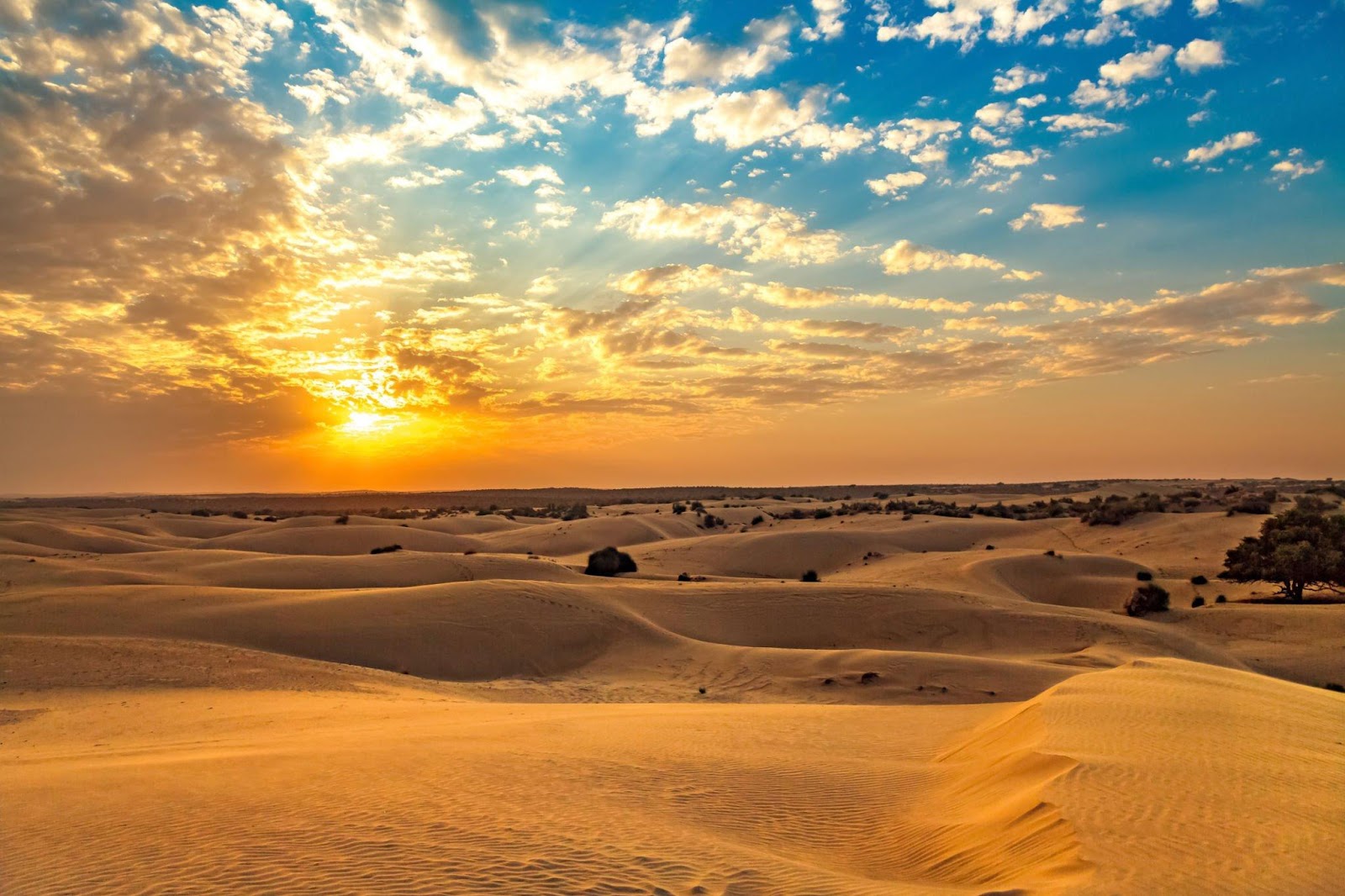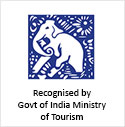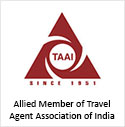
How many deeply established cultures have produced exclusive beliefs and ways of thinking that have eventually persisted in civilizations, from natural splendor to man-made wonders, is admirable. Given that these notions are currently seen as being true, every traveler who wants to experience Rajasthan's fantastic experiences must be aware of them.
There are many facts about this amazing tourist spot in India that astound visitors. It is admirable how many deeply ingrained cultures have given rise to exclusive ideas and attitudes that have eventually sustained civilizations, from geographical riches to man-made wonders. Every traveler who wants to experience Rajasthan's wonderful experiences must be aware of these beliefs and truthfulness because they are now considered to be fascinating facts about the state of Rajasthan.
10 Facts to Know About Rajasthan, The Land of Maharajas
The following fascinating facts about Rajasthan have surprised visitors from all over the world. Color-schemed cities with friendly residents, mouthwatering foods, and real spices, and chronicled tales of realms and geography. Now read all the details and get all the information regarding the same.

1. Geographical Area – The Largest State Of India
Rajasthan has the largest geographical area in India which covers an area of 342,239 sq km with a population of 68548437 (according to the Census 2011). It has around 22 kingdoms of princely states that combined under an ordinary name, Rajasthan on 30th March 1949. The tropic of cancer is also passing through its southernmost tip.
Pakistan shares the state's whole western frontier, and Punjab, Haryana, Uttar Pradesh, and Madhya Pradesh border Rajasthan in the north, south, and east, and Gujarat in the southwest.

2. Bhangarh: The Most Haunted Fort
One of the scariest forts of India is Bhangarh, which is situated in the Alwar area. Raja Bhagwant of Amber built the fort in the sixteenth century. A black magician who allegedly made an attempt to marry the stunning princess Ratnavati is thought to have cursed the entire village of Bhangarh. Since Bhangarh is closed between dusk and dawn, visitors can only experience the excitement of this location during the day.
There are some other temples, such as the Someshwar, Mangla, Gopinath, and Keshav Rai temples. The temples remain healthy. They have withstood the test of time and the effects of conflict. The family of the evil sorcerer Sindhiya takes care of the Someshawar Temple, which is open to visitors.

3. Kalibangan –The World’s Earliest Attested Ploughed Field
In Rajasthan's Kalibangan, which is near the confluence of the Drishadvati and Saraswati Rivers, you may find the remains of the civilizations that once called this region home throughout pre-Mauryan and ancient times. The oldest known plowed field in the entire world is located in the Kalibangan region.
There were two entrances in the Kalibangan citadel construction, one on each side of the north. The southern entrance is a brick building, 2.6 meters wide, with oblong salients on either side of the entrance step. There is a mud brick staircase in the northern building. The northern portion of the compound, which included a road, was where the elite resided.

4. Thar: The Great Indian Desert
Thar, the ninth-largest subtropical desert in the world, is proudly located in Rajasthan. Thar is a remote desert that is located in Rajasthan for 60% of its total area, with smaller portions also being in Punjab, Gujarat, Haryana, and Sindh (Pakistan). The area is dry for the majority of the year, with brisk winds creating shifting dunes.
The great Thar desert lies in the Aravalli hills and close to the great rann of kutch along the coast.

5. Kumbhalgarh Fort: Longest Walls In The World
Maharana Kumbha built Kumbhalgarh Fort in its current configuration. Kumbhalgarh Fort is one of the most elaborate forts in India due to its huge structure. The fort is situated on a hilltop at a height of 1,100 meters, and its perimeter walls reach a distance of 36 kilometers. The palace reportedly has the world's longest outwork.
The Kumbhalgarh fort in Rajasthan is the fort that has established itself as having the second-largest wall after the Great Wall of China. The powerful fort that encircles Udaipur is 38 km long and 3600 ft tall. Rana Kumbha was thought to have constructed it in the fifteenth century.

6. Hawa Mahal- The Place for Breeze
The Hawa Mahal, popularly referred to as the "Palace of Breeze," was added to Jaipur's Royal City Palace in 1799. It enables the royal women, who at the time adhered rigorously to "pardah," to witness any processions and other street activities without being observed by the general population.
7. Aravalli- The Oldest Fold Mountains
Aravalli is known as the oldest range of the fold mountains in Rajasthan. Back in times when the Eurasian Plate of the Aravalli Range was separated from the Indian planes by the ocean. The shield was formed from Cratonic collisions and used to be greater in ancient times. This separated rough array is almost 560 km long as well as its major parts travel through Rajasthan. It is a very dry and deciduous forest and is very rich in floral diversity, especially medicinal plants. The location is likewise known for greatly foresting containing a huge location of rocks and also of masses of rose-colored quartzite
Maharaja Sawai Pratap Singh built the Hawa Mahal, a work of art made of red and pink sandstone, in the 18th century. The 953 Jharokhas (windows) on the façade of the palace have intricate latticework, resembling the honeycomb of a beehive.
8. Vibrant Culture: Colour-Coded Cities
Rajasthan's largest cities are color-coded, which is one of the state's most astounding facts. As a result of an edict that Maharaja Sawai Ram Singh passed in 1876 requesting that citizens paint their homes pink in order to welcome the Prince of Wales and Queen Victoria, Jaipur is known as the "Pink City." The blue houses in Jodhpur, which formerly denoted a Brahmin's home, later became the dominant color of the city. The name of Jaisalmer, Golden City, which takes its cue from the hue of the Thar Desert, glorifies the city's legends.
9. Mandore - Ravana’s Inlaws' Residence
Mandore is situated 12km away from Jaisalmer in Rajasthan. Mandodari, the queen of Ravana's dominion and his wife, was from Mandore in Rajasthan. Their wedding ceremony is thought to have taken place there as well. The pair made their lifetime commitment at Ravana Chavira.
10. Tourist Attractions: Eight UNESCO World Heritage Sites
Eight UNESCO World Heritage Sites, including Chittorgarh Fort, Kumbhalgarh Fort, Ranthambore Fort, Gagron Fort, Amber Fort, Jaisalmer Fort, Keoladeo National Park, and Jantar Mantar, are located in the thriving state of Rajasthan. All of the other historical sites—outside of the national park—display stunning Rajput Royal architecture.










